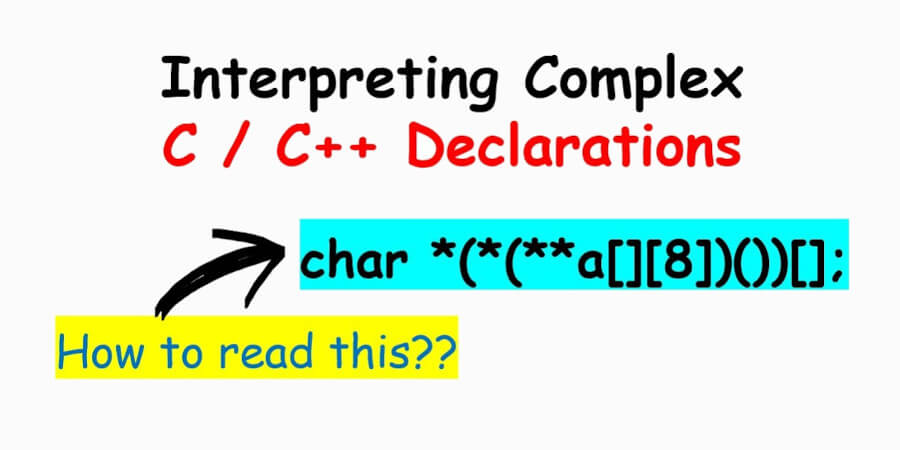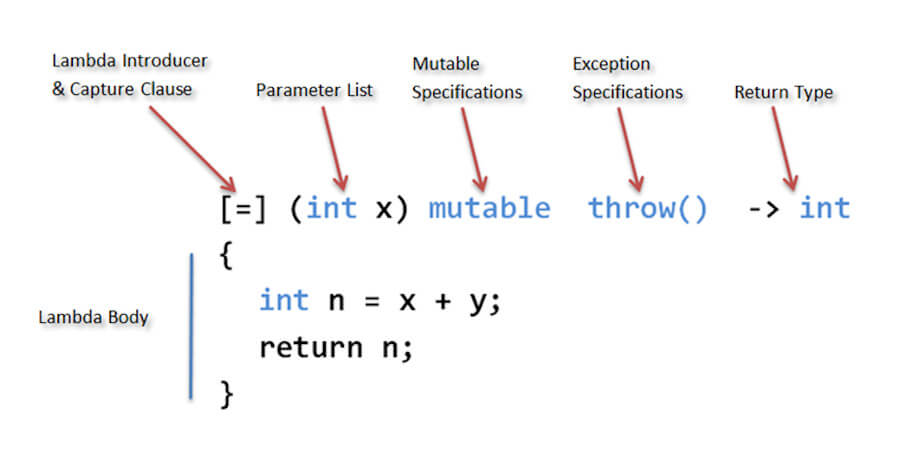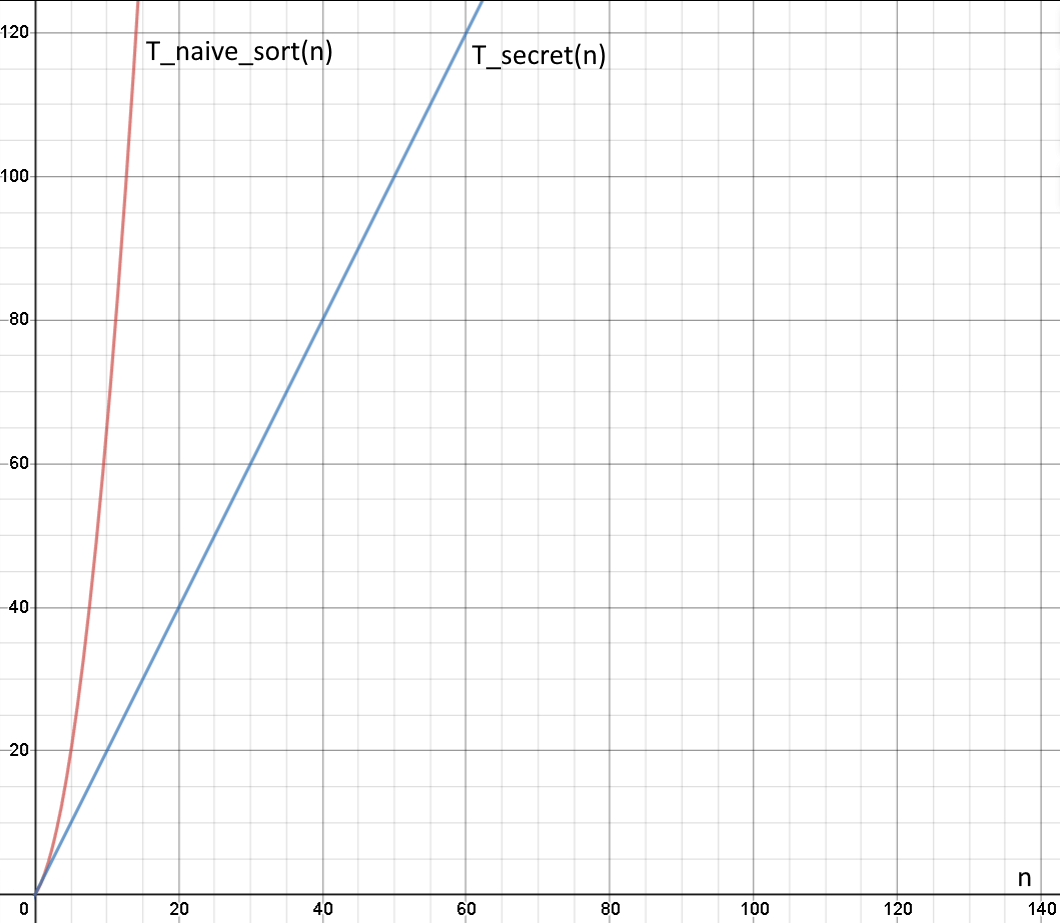Python memory management plays a major role to make it much popular and adaptable. How so? Python memory manager has been implemented in a way to support many functionalities and to make our life easier.

ACID Transactions
What is a transaction? In the context of databases and data storage systems, a transaction is any operation that is treated as a single unit of work, which either completes fully or does not complete at all, and leaves the storage system in a consistent state.
The Common Closure Principle
The Common Closure principle tells us to consider all the reasons a package might need to change, and to split it accordingly.

Decimal-hexadecimal-binary conversion table
This chart shows all of the combinations of decimal, binary and hexadecimal from 0 to 255 decimal.
Prefetch_related and select_related functions in django
In Django, select_related and prefetch_related are designed to stop the deluge of database queries that are caused by accessing related objects.In this article we will see how it reduces number of queries and make program much faster.

How to interpret complex C/C++ declarations
Ever came across a declaration like int * (* (*fp1) (int) ) [10]; or something similar that you couldn’t fathom? This article will teach you to interpret such complex C/C++ declarations, including the use of typedef, const, and function pointers.

What is a lambda expression in C++?
The C++ concept of a lambda function originates in the lambda calculus and functional programming.

Filtering Django REST framework using IN operator or pass list of values
For filtering by list and using IN operator in django-filters, you can do implement custom filter to do that.

Time complexity function
How to compare algorithms? Suppose, there is a number of algorithms solving a problem. How to compare which one is faster? One of the solutions is to run these algorithms multiple times and compare the average time used for each of the runs. However, algorithms can be written in different programming languages or they can run on computers with different architectures. So results may be different.…
Complex constructions in pseudocode
In the previous topic, we started discussing pseudocode and covered some basics concepts, such as variables, arithmetic operations, conditional statements, and some others. However, some algorithms require more complex constructions to be described. In this topic, we will learn more advanced concepts of our pseudocode, such as loops, arrays and functions. Being familiar with them will allow you to express more sophisticated algorithmic ideas in…